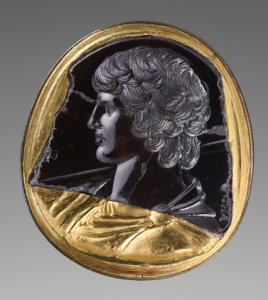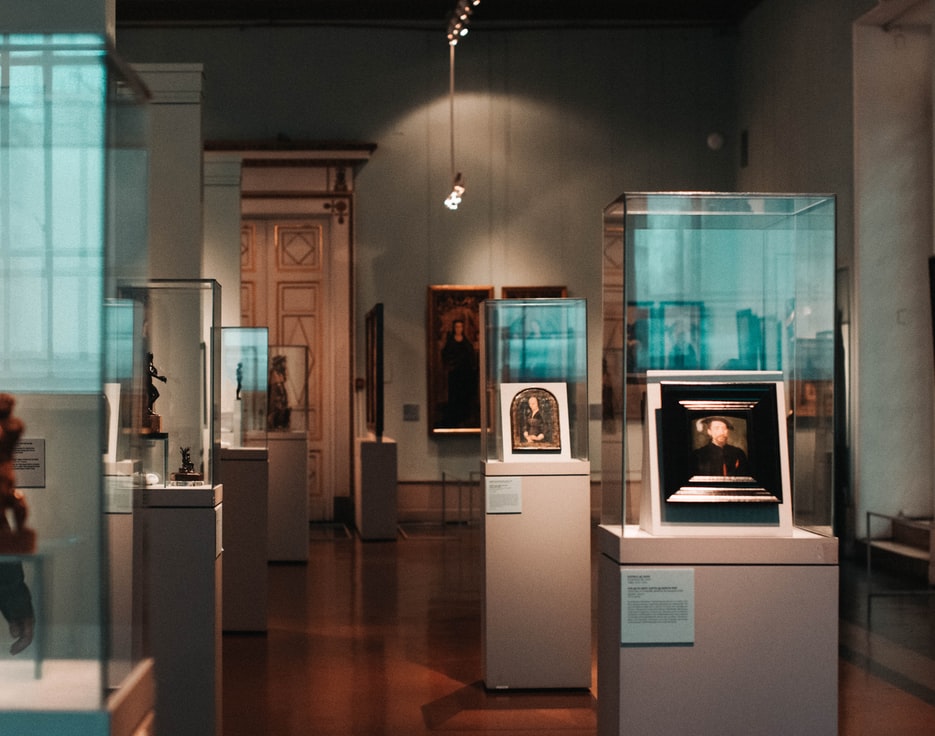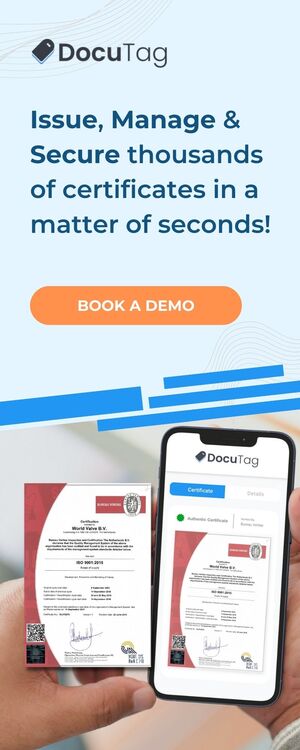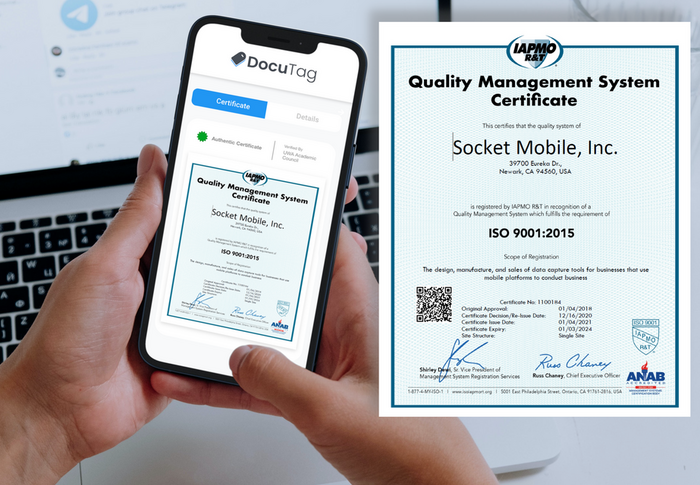Collectibles And Memories In The Digital Age
By Pablo Guerra, Director of Business Development, LuxTag.io
Collecting! The impulse for searching, acquiring, and storing beautiful, relevant, or interesting objects has been imbued in humans since their first records.
Plinius The Elder, in his “Naturalis Historia” described how Roman senators disputed fiercely for the art collections plundered to Greeks and Macedonian near 300 BC; in fact, the Roman Emperor Cesar Augustus (27 BC-14 AD) is recognized as one of the first coin collectors in history.
It was not until the Middle Ages that collectors, collections, and dealers start to configure the multi-billion industry that is today, with over one million jobs created and countless transactions worldwide. When Lorenzo de Medici or Charles I of England started to amass a sizeable collection, the first records of provenance had to be produced to record previous owners, an accurate description, the price paid, or the personal inspection of an expert.
But what is exactly provenance, and why is in the core of any collectible valuation? What can make that a small wooden seat cost $50 or $5000? In many cases, just the provenance can make an everyday life item into a hot worldwide commodity.
The Oxford dictionary defines provenance as:
- The beginning of something’s existence; something’s origin.
- A record of ownership of a work of art or an antique, used as a guide to authenticity or quality.
Let’s take, for example, this fantastic intaglio that now rests in the J. Paul Getty Museum in California.

It depicts Antinous, the lover of the Roman Emperor Hadrian 2nd Century. It’s virtually impossible to know who made it, who purchased it in the first place, how it survived invasions, famines, wars, or plain bad luck.
But in the 18th Century, it starts to develop his record of provenance. The Getty Museum has been impressive sharing this list, which can take you in the 250 years trip of this piece until today.
What are we looking at? A ledger! Bits of information that links to the next one in time, and tells the history of the item, reassuring its authenticity and linking its previous owners. In a chain, made of small bits of information, or blocks… (See what I did there?)

All these references, the only track record that we have for any given object, have been passing for centuries in the form of written documents, easy to lose, be forged, or destroyed. Even collectors have tried to alter certain pieces of data: Public versus original price paid, reparations, or alterations made to the original piece or disputed property rights.
Recording all this information using the properties that blockchain technology puts together (decentralization, encryption, immutability, transparency) is a significant step forward towards a more secure and accurate description of the collectibles that shape the history of the world, and the latest weapon that collectors, governments and institutions have against Counterfeiters.
The Digital World – Virtual Platform, Real Problems
A new frontier is open, however, in the form of Digital collectibles. These are pieces of software describing virtual possessions; it can be a digital picture (painted by an artist or by an Artificial Intelligence), a deadly weapon or equipment for your favorite game; but also can be a proof of partial ownership of a physical item or even a Virtual Land Lot.

The ownership and authenticity of all these so-called “Alternative investments” must be counterfeit-proof. Every single digital or physical property needs to have a record of provenance, a set of rules that makes it collectible, tradeable, and unique.
Since day one, Luxtag has been at the forefront of this revolution, creating a digital twin for every item that our customers (Creators, companies, or institutions) want to secure. With a Luxtag certificate that anyone can verify in seconds, these fine pieces have a new layer of protection that will help them to be preserved to the next generation.
It the end, it’s all about protecting our dearest possessions better, usually containing valuable memories that we want to preserve. As the poet Antonio Porchia once said: “One lives in the hope of becoming a memory”.
If you want to know more in detail how you can protect better your physical or digital collectibles, you can check our products and inquire about a free demo contacting directly with us via the web or social media channels.
® “LuxTag”, Trademark registered.
References:
James Delbourgo, History Professor at Rutgers University, NJ
Museum Archetypes and Collecting in the Ancient World, Maia Wellington & Donatella Pegazzano
Permanent Collection of J. Paul Getty Museum, CA
Journal of Economic Perspectives, vol. 13, Number 4, Benjamin J Burton & Joyce P. Jacobsen
‘Is It a Toy? Is It Art? Everyone Agrees It’s a Collectible’ – New York Times 2017
Art & Collectibles Report – Deloitte Luxembourg



